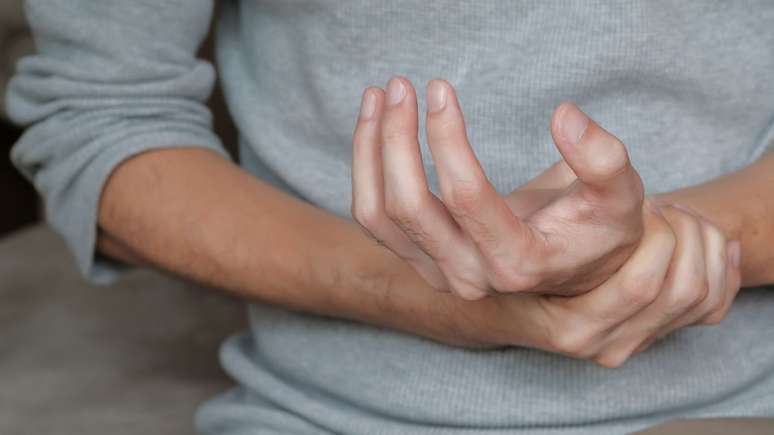Follow these rules for washing swimsuits and yours will last for many seasons. (Um, is this exactly what we’re aiming for?)
We usually wear swimsuits on vacation and therefore rarely think about how hard they work during this time – after all, the fabric is exposed to salt water, sand, high temperatures, sun, sun creams and to swimming pool chemicals.
All of this can ruin a bikini – and it’s very disappointing! It’s not just a question of money: finding a suitable model that flatters your figure without causing discomfort is not that simple. Therefore, today we are going to tell you how to wash a swimsuit so that it fits better. But let’s start a little further away…
What are swimsuits made of?
“The nuances of washing a swimsuit are linked to the materials it is made of. Typically, swimsuits are made from nylon or polyester with the addition of elastane – lycra or spandex. They are quite durable fabrics, but if you do not know their characteristics, they can be easily damaged, ”explains Kathleen Razmus, expert in washing and clothing care at a cleaning company.
ADVERTISING – CONTINUED BELOW
How often should you wash your swimsuit?
“The first rule to remember for anyone who wants to know how to care for a swimsuit is to wash it after each wear, even if you haven’t been in the water. Sunscreens contain ingredients that can damage fibers, and mineral-based lotions and creams can cause fabrics to turn yellow, says designer and swimsuit designer Maricia Reeves.









